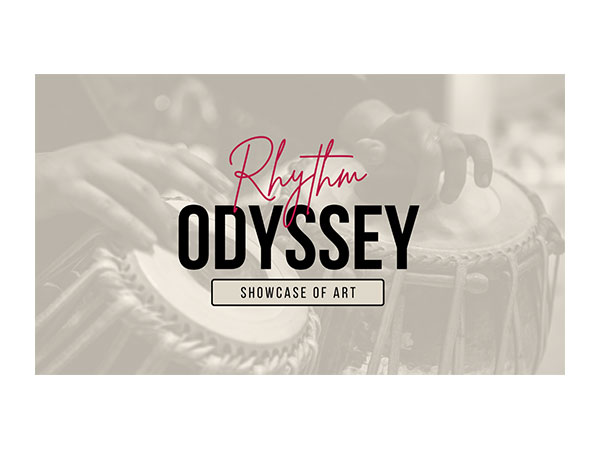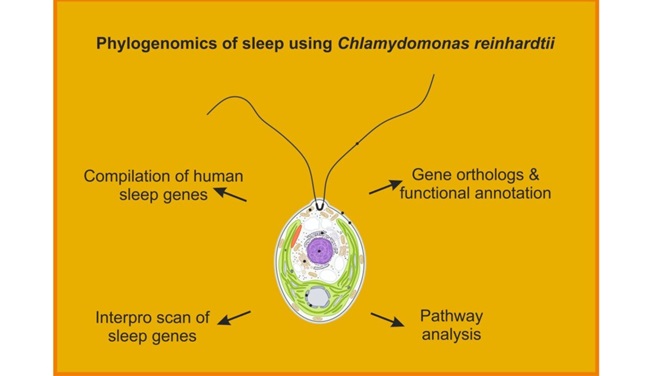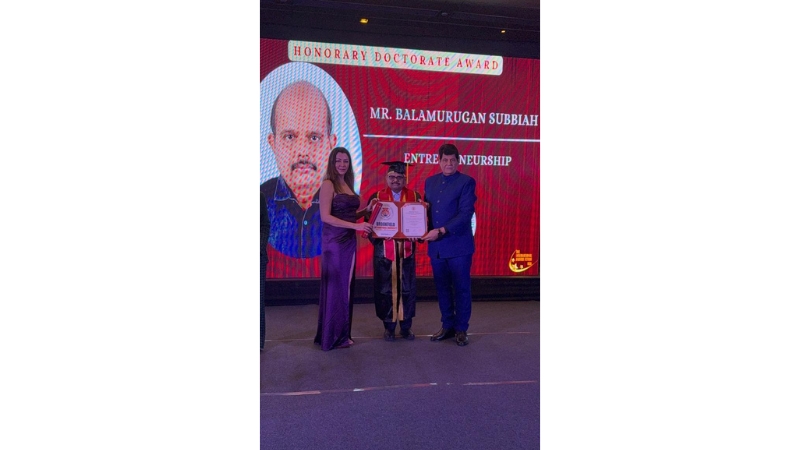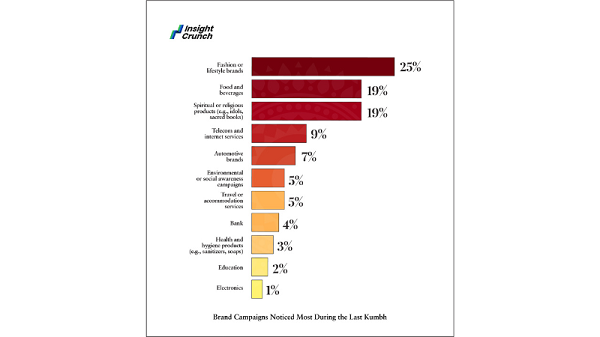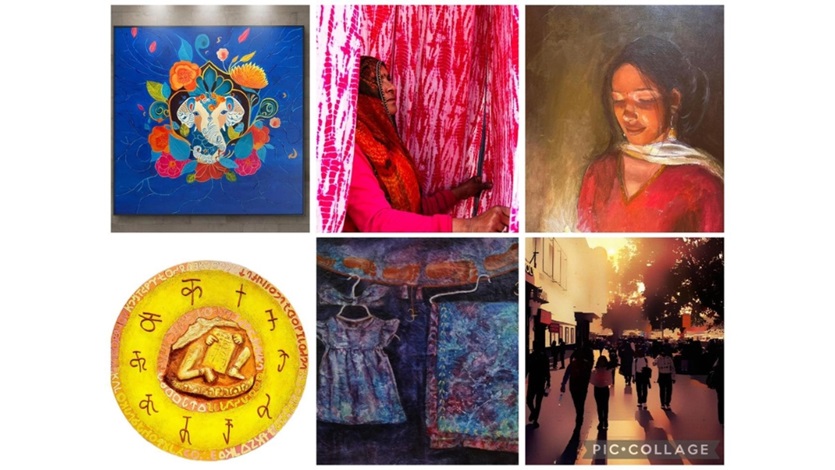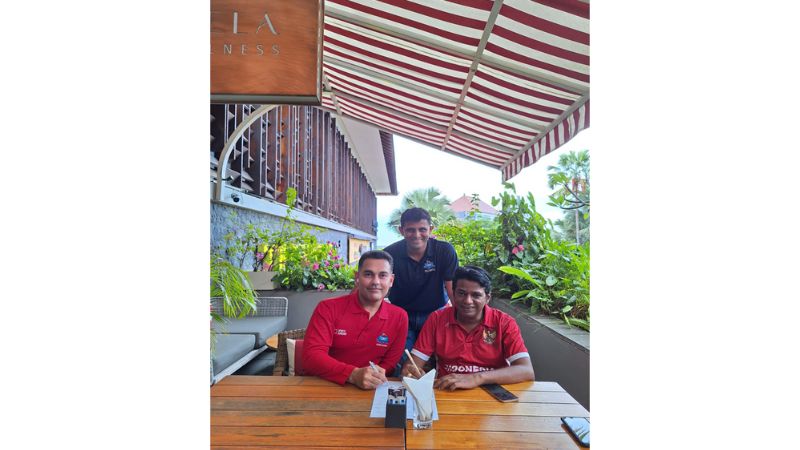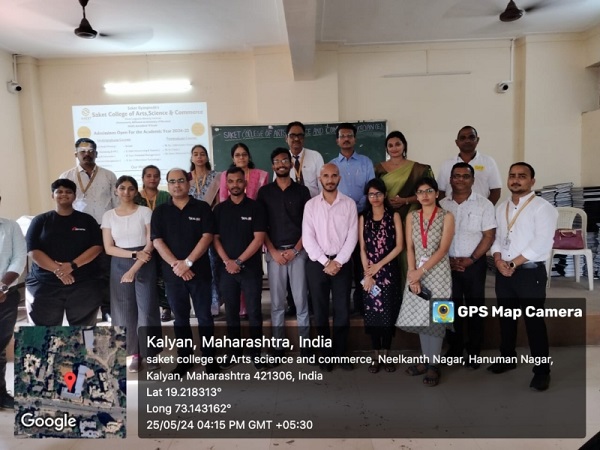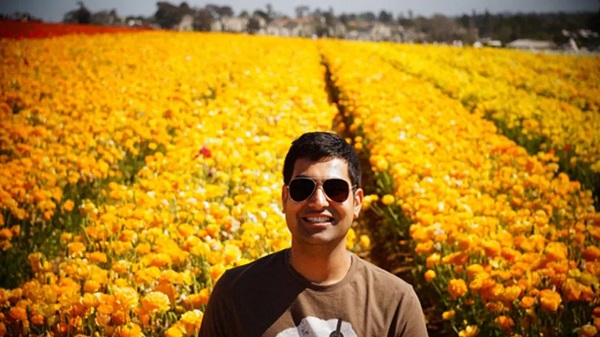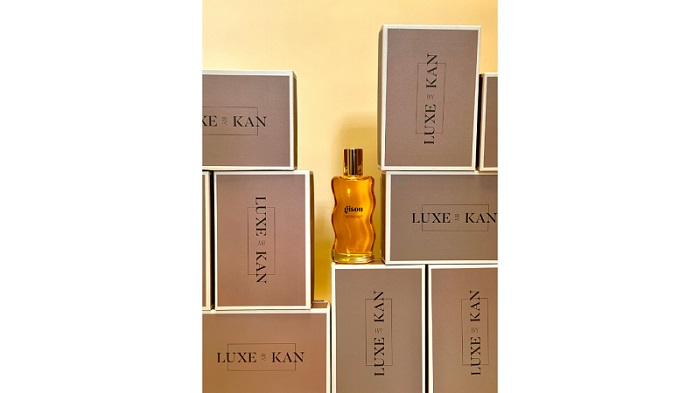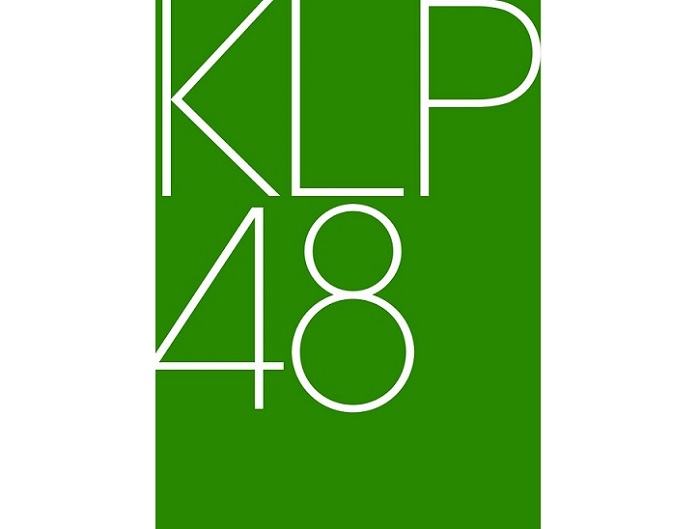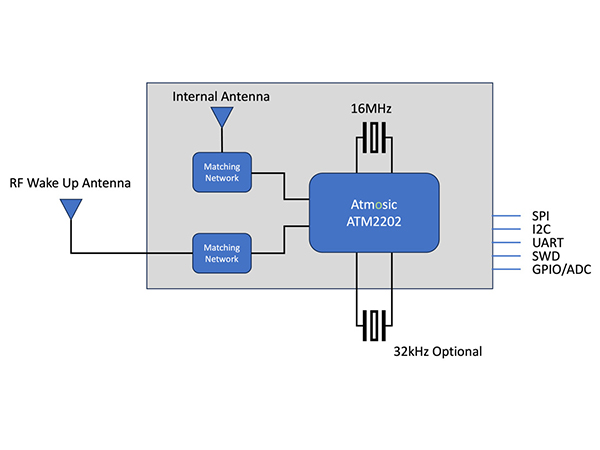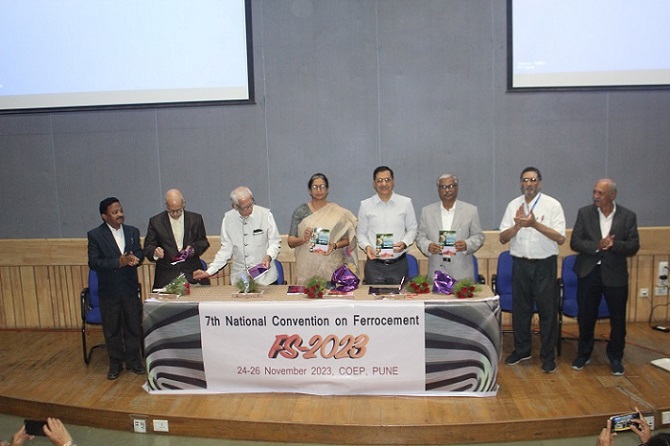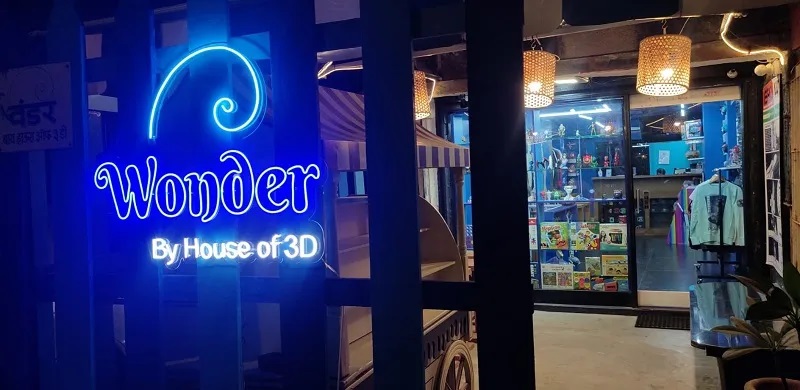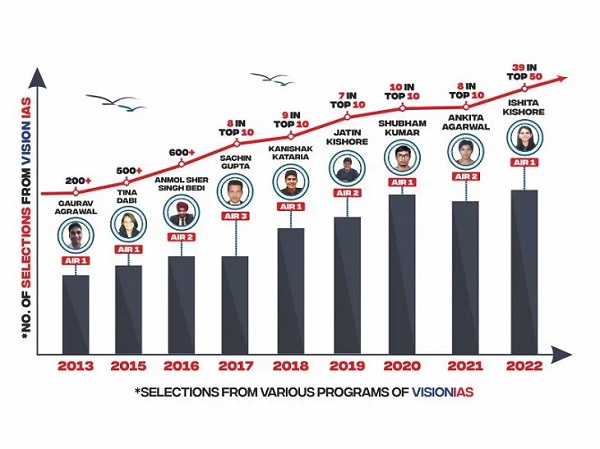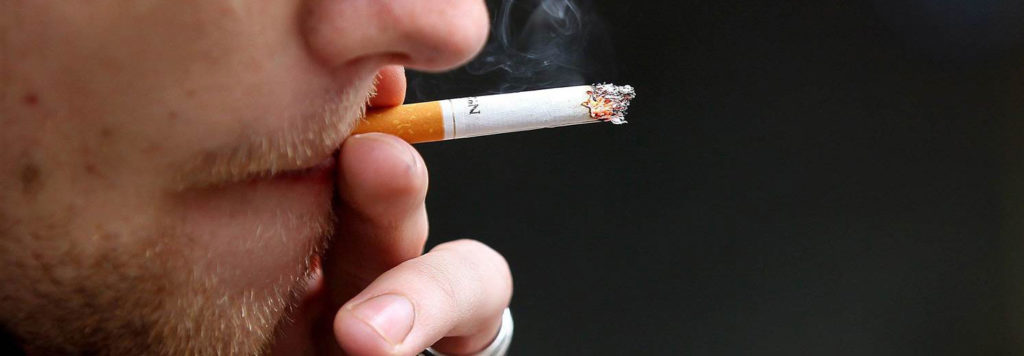Kinetic Pointillism, an emerging Art movement

Kinetic pointillism is an emerging art movement founded by Robert Ottesen, a renowned artist. Though its founder intended the movement for adult artists, it eventually became a passion for adolescents. According to Robert Ottesen, adults have been conditioned, over many years, to paint in certain ways. Because their adult minds were less neuroplastic, they were not able to adapt to a new style. Whereas the minds of children are free from conditioning, they are receptive to new ideas and open to change. When adults create artwork for fame and popularity, children create it for self-satisfaction. Most adult artists create artwork for pecuniary gains, whereas children naturally create artwork for joy and playfulness. According to J. Krishnamurti, “Child art is so innocent and fresh that objects of great beauty are invariably created. “
Prior to the invention of Kinetic Pointillism by Robert Ottesen, pointillism was one of the world’s most prominent art movements. Though the pointillism movement was launched in 1886 by French artists Georges Seurat and Paul Signac, this technique was widely used by artists in many countries, especially Australia’s indigenes. Popularly known as ‘dot art’ was a technique used by the aborigines of Australia. When the aborigines used limited colour while creating dot art, the artists of the pointillism school used multicolours.
Although many artists were fascinated with the pointillism style, they preferred to avoid following it due to its chronophagous and tedious process. Artists need to have abundant patience to create artwork in this style. Most of the artists who follow this technique get engrossed in the work due to their passion for creativity. The masters like Georges Seurat and Paul Signac bravely faced negative criticism when introducing this style to the modern art movement. They were pretty sure that the style would eventually be accepted by artists and art critics around the world.
The founder of the Kinetic Pointillism movement, Robert Ottesen, who is widely known as Rob Ottesen, is from Vero Beach, Florida. Rob has been painting for over twenty years, and he started his glorious journey in the field of fine art when his brother, John, gave him an oil set and a canvas. He began his artistic career as a realistic painter, and most of his early works were realistic portraits of his children. Rob eventually embraced modern art styles as he felt realism did not push the boundaries of artistic expression. Realistic portraits have been painted for hundreds of years, and although Rob’s contribution in this area is very clean and crisp, he felt he would never match the contributions of Rembrandt or DaVinci! This led him to experiment with serigraphic printing, where he was fortunate enough to develop a process that allowed him to print with just about any substance.
Rob’s first print was a “coffee print”–an image of the Seattle Space Needle, printed with ink derived from coffee. This was the first serigraph of its kind and was accepted into the Museum of Printing in North Andover, Massachusetts. The management of the museum included a story about this unique print in their journal. What excites him about this print is that it is an example of what he calls “visual allegory,” in that the ink used to print the image reflects conceptually upon the image itself: Seattle is a town known for coffee, so the fact that the image was printed using coffee ink reinforces the artistic impact of the print. Rob’s tea print, for example, portrayed an image of Big Ben in London. Of course, tea is an important part of life in England, so it made sense to him to print with it.
Rob’s chocolate print is of the Taj Mahal because he considers chocolate to be the food of love, and the Taj Mahal, a symbol of love, is known as an icon of love. But his favourite work is a print of the Eiffel Tower. France is a county that loves its wine, and so his print of the tower was created using ink derived from wine. Rob is delighted to say that this print found its way to the Gutenberg Museum in Mainz, Germany, and an article about the print was published online by Wine Spectator. His first public exhibition, however, wasn’t until 2013. And that was when he shared his first kinetic pointillism paintings with the public at Osceola 32 Gallery in Stuart, Florida.
One evening, when he was alone and feeling frustrated by the lack of originality in his painting styles, he decided to meditate on the issue for several hours. He meditated from time to time, usually using simple breathing techniques, but on that particular day, Rob went into a deep, trance-like state. Since he has always liked pointillism, he asked himself over and over, “How can I take pointillism in a new and creative direction?” And after hours of deep, accepting, and open contemplation, unguided and exploring from all perspectives at once and no perspectives in particular, an answer came to him as if the words had been spoken into his ears: What if the points had their own pattern of movement while simultaneously creating an image? And what if that image was somehow connected to the pattern of the points?
While meditating on how to develop a unique style of painting and create a few paintings in this style for himself, Kinetic Pointillism emerged from the bottom of his heart to create history in the coming future. After the invention and introduction of Kinetic Pointillism, Rob organized a competition in Stuart, Florida, for adult and child artists. He invited artists from several counties to participate, and twelve original paintings were entered in the contest. He was surprised to note that adults were unable to create artwork in kinetic pointillism style because they were conditioned by the patterns and techniques that were comfortable for them. Unfortunately, what he discovered was that most adult artists were already set in their ways due to their conditioned minds. But there was one entry that met the definition of kinetic pointillism, and that entry was from a student at the Clark Advanced Learning Center. Her entry won a prize, and Rob immediately contacted her instructor at Clark. His name was John Stiles, and he didn’t seem surprised that his student had done well. Clark is an amazing school with amazing students. After their conversation, John Stiles agreed to introduce kinetic pointillism to other students. And that’s when the style became a movement, and when Rob began lecturing on the topic. Eventually, other schools on the Treasure Coast joined the Kinetic Pointillism movement, and he created a website with an online gallery and eventually sponsored an exhibition at the St. Lucie Civic Center.
Rob Ottesen devoted his entire energy after the release of Kinetic Pointillism to promoting this one-of-a-kind style among artists. Kinetic pointillism is a distinctive art movement because it was skillfully propelled by high school students at its beginning. While in pointillism style, artists blend the colour spots into a fuller range of tones, in kinetic pointillism, the artists give life to the images by including movement. According to Rob Ottesen, “In kinetic pointillism, points of colour create an image and are applied in patterns of movement that reinforce the message of the painting.” Because of the existing forces in the universe, everything in the universe is in motion. The artists who belong to this movement, knowingly or unknowingly, are under the influence of the hidden force of nature, which leads them to accept this new style and be a part of it.
About the author – Ganesh Kelagina Beedu shenoy, phD is an artist, art critic and author. He is an Indian national reiding in Qatar.



























